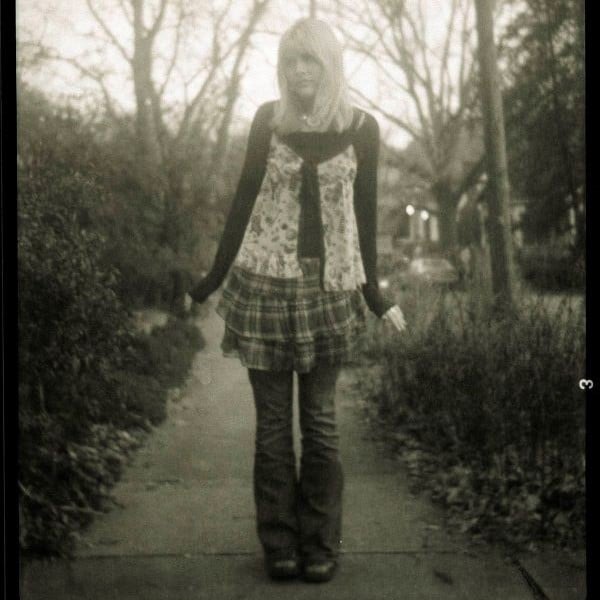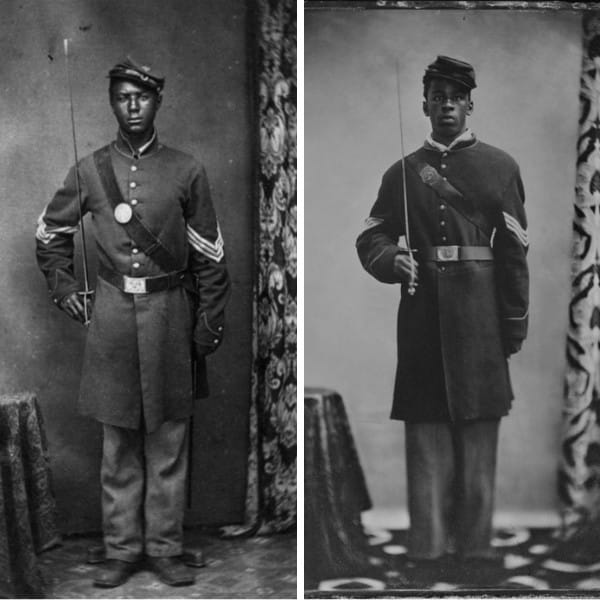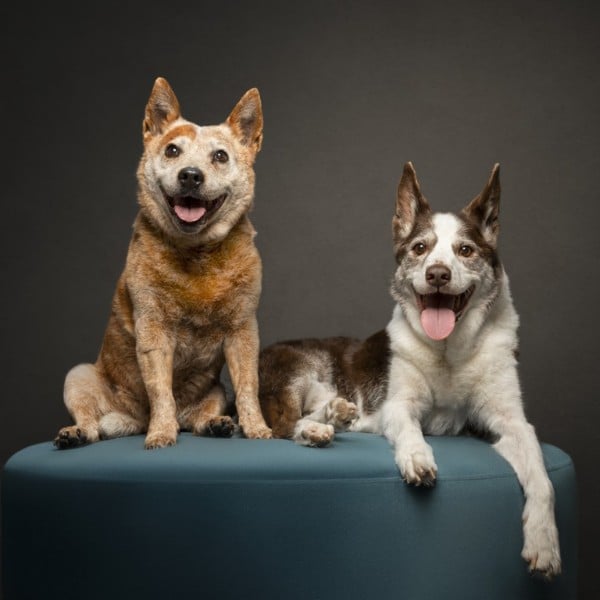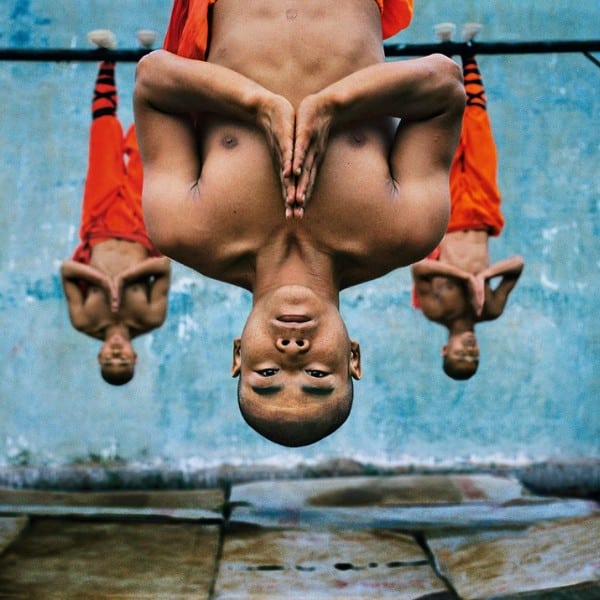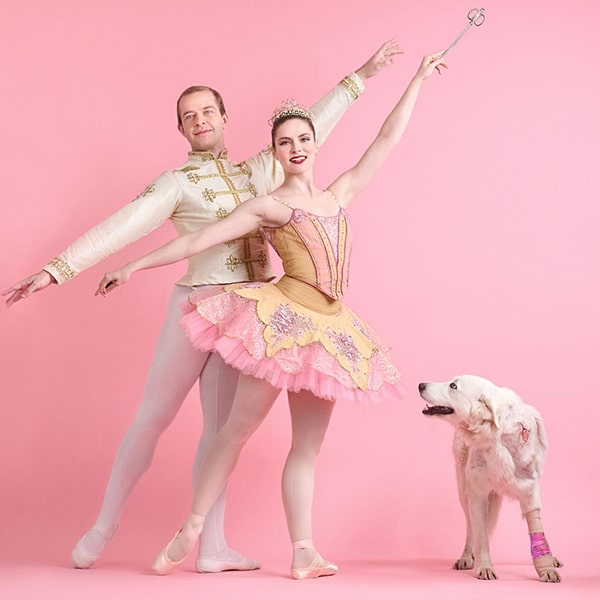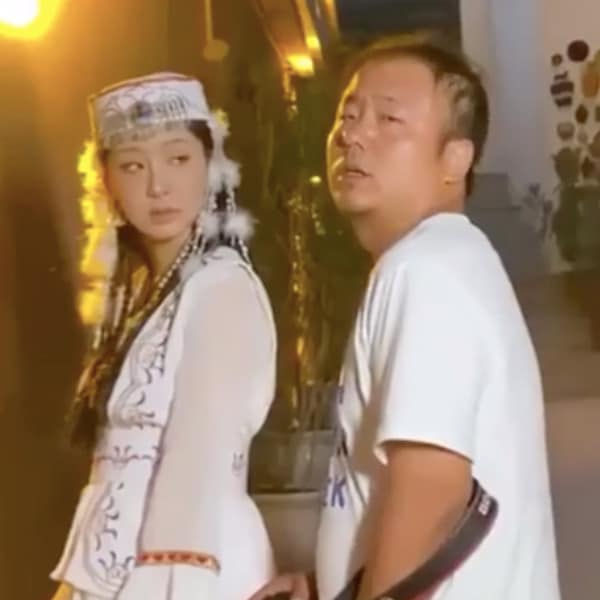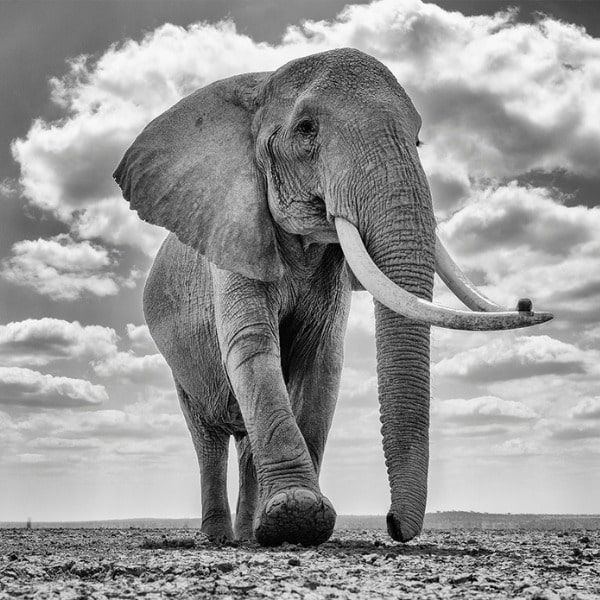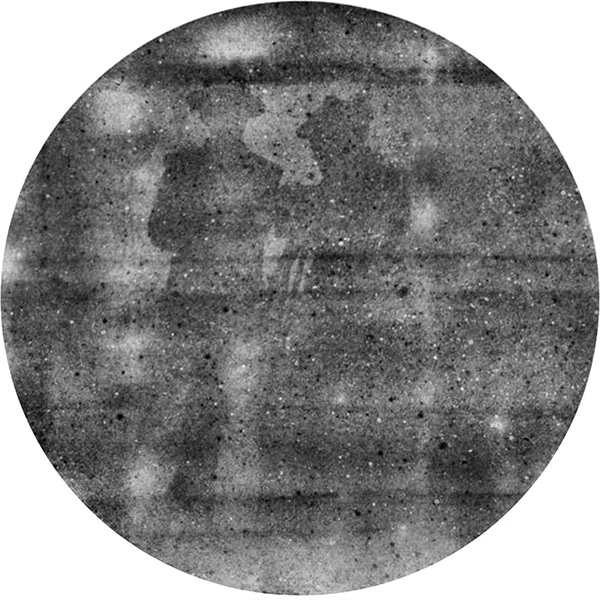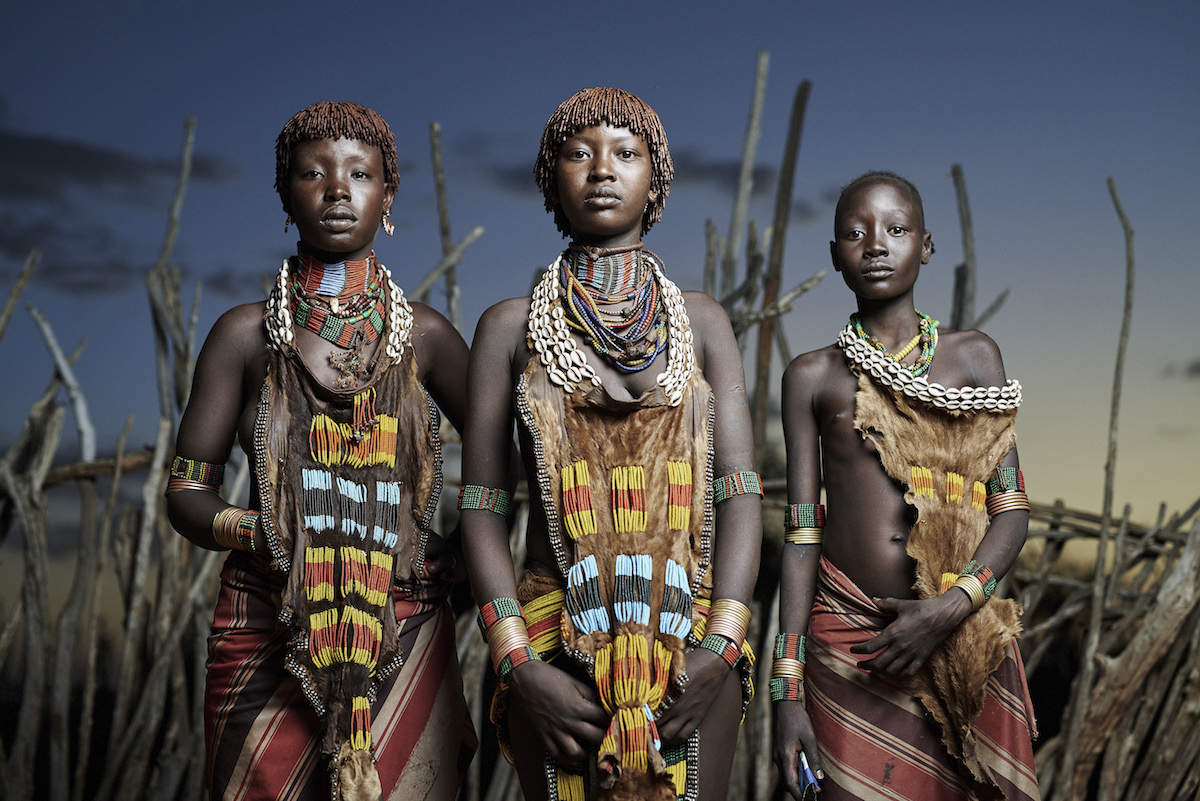
Hamer from Ethiopia
Polish photographer Adam Koziol is on a race against time. In his mission to document dying tribal cultures around the world, the young photographer travels extensively, seeking out indigenous peoples on the brink of extinction.
Thus far, his work has brought him to Africa and Asia, where he's been able to make contact with 18 tribes and conduct photo shoots with these incredible people. Koziol is especially interested in the markings, jewelry, and costumes that represent much more than aesthetic choices. As symbols of success, bravery, and social status, the wearer's accessories are shown proper reverence in each portrait, in honor of the respective tribe.
When Koziol isn't on the road, he's working at his photo studio, which he opened specifically to help develop his skills as a photographer. Additionally, to help finance his trips, he created the Selva clothing brand, which sells items inspired by the tribes he's encountered.
Showing no signs of slowing down—he's about to begin a new chapter in South America—Koziol hopes to publish a book with his imagery. We had to a chance to speak with the photographer about his work and how a love for insects transformed into a passion for different cultures, which includes some of his most interesting encounters. Read on for our exclusive interview.
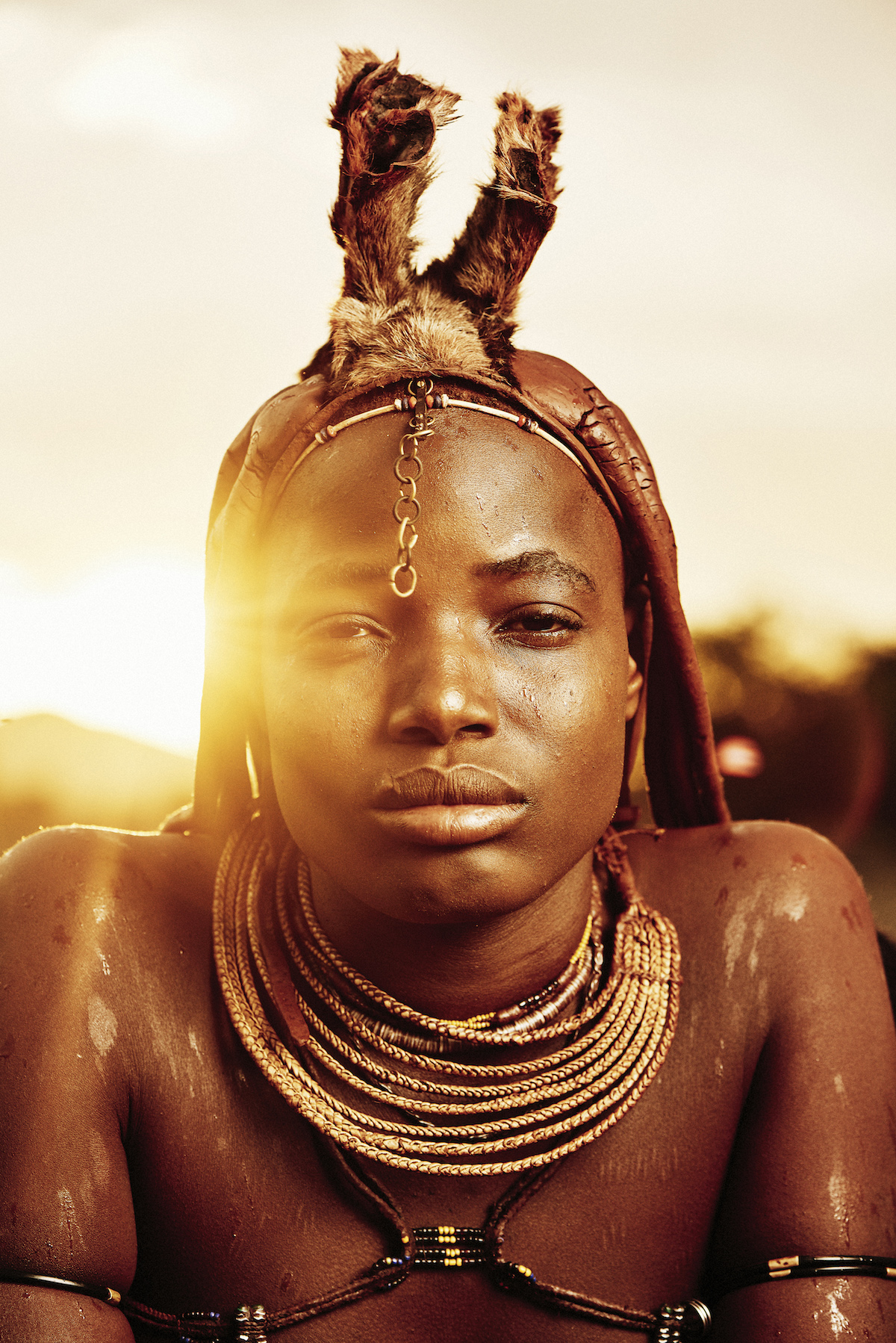
Himba from Namibia
How did your journey with photography begin?
I started photography by taking photos of tropical insects. Since I was 12, I started cultivating insects and this was my first contact with photography. When I was 16 and had quite a big collection of insects, I decided to go with an adult friend for a trip to Borneo. It was a landmark moment in my life, as I discovered my passion for traveling and discovering—the documentation of insect made even more sense to me.
I documented a lot of very rare species, some, in the form of eggs, were brought to Poland and I could start cultivating species that are not available in Poland. This was an important trip for me also because the income from my cultivation was spent on my next trips. Six months later, I went to Sumatra where I was able to find a new species. This was an insect from the Haaniella family which included only 6 species. From then on, I started traveling regularly, up to 7 times a year.
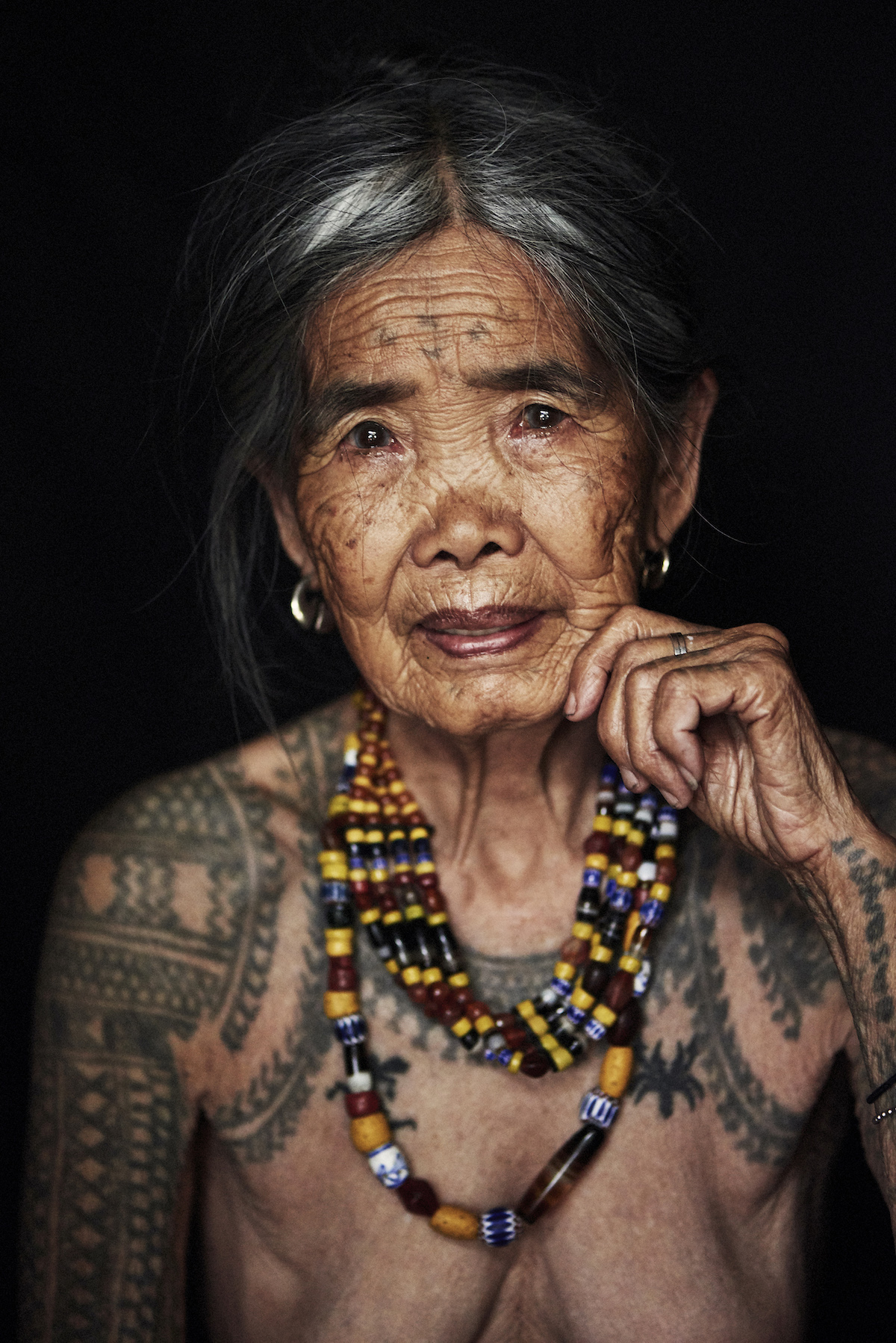
Kalinga from the Philippines
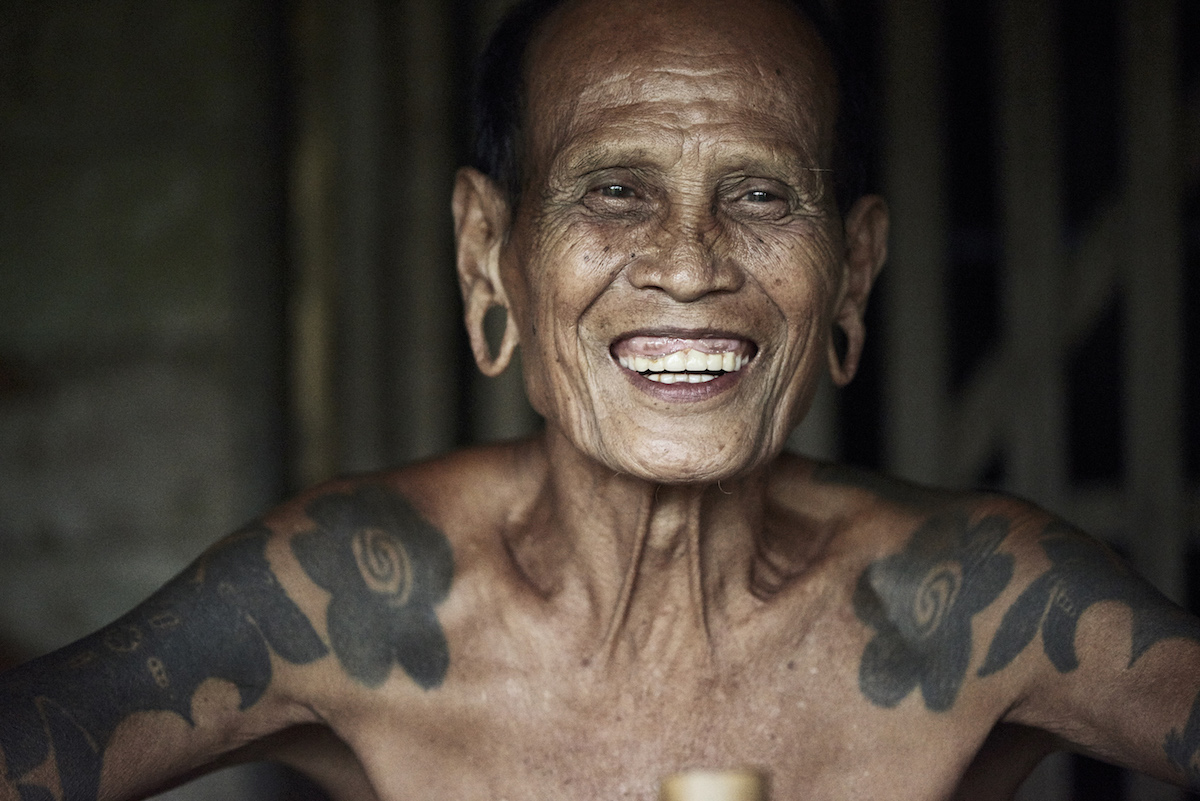
Iban from Malaysia
How did the interest in documenting indigenous tribes come about?
My most frequent destination was Borneo—a mecca among insects which is what I was most interested in. At every place on the island—in Sarawak, Sabah, and Kalimantan—I found many rare species. I photographed and placed on forums for insect cultivators. In the Sarawak area, I often heard about the culture of Iban headhunters. From one person I bought tribal masks from, I heard that there were still elderly people with authentic tribal tattoos on their shoulders, so-called Bunga Terung.
This inspired my imagination, as such tattoos were received by people who were characterized by exceptional courage, participated in battles with other tribes, or brought an enemy's head to their tribe. This was the culture of headhunters. I was fascinated by meeting those people. For the first time, I decided to change the objective of my journey and in 2013, with my Malaysian friend, we decided to search for the last tattooed members of the tribe.
We reached one of the parts in Sarawak where Iban tribes lived. Currently, they are peaceful villages in the middle of the jungle, longhouses in fact—long buildings in the jungle, housing more or less 15 families. For 3 weeks, we visited longhouse after longhouse, traveling by motor scooters or, in more difficult terrains, on foot with a rucksack. For me, this was also amazing—a different adventure in comparison with looking for insects at night.
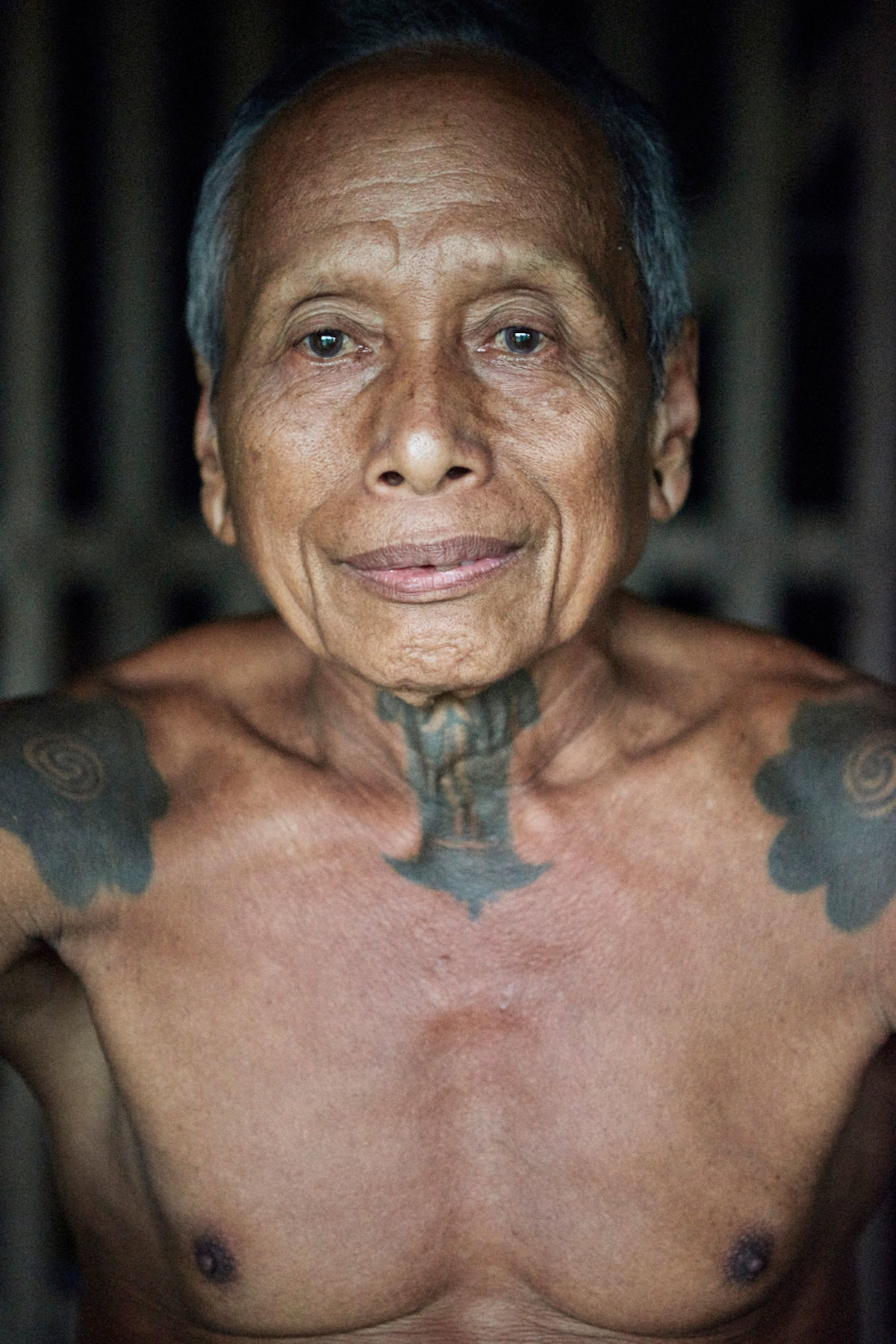
Iban from Malaysia
(continued) In one of the longhouses, we managed to find three elderly men with tattoos all over their body. This was an amazing experience for me, as while talking with them, I was aware that I was probably the last person to be told all those stories. They were more or less 90 years old, one was in their 70s. I remember a moment when one of the men took off his T-shirt and I saw his entirely tattooed body. I did a photo report and interviews with these people.
On my way back in the plane, I was thinking about the plan for the second trip to look for more people in that region. After returning home and analyzing the situation in the world, I realized that the condition of most tribes is similar. Often, there are few people left, and their tribal identity is proven by their tattoos and scarifications. It is them who might tell the story of their life, their culture, which will become history upon their death. Instead of insects, I started to go and document people and their culture.
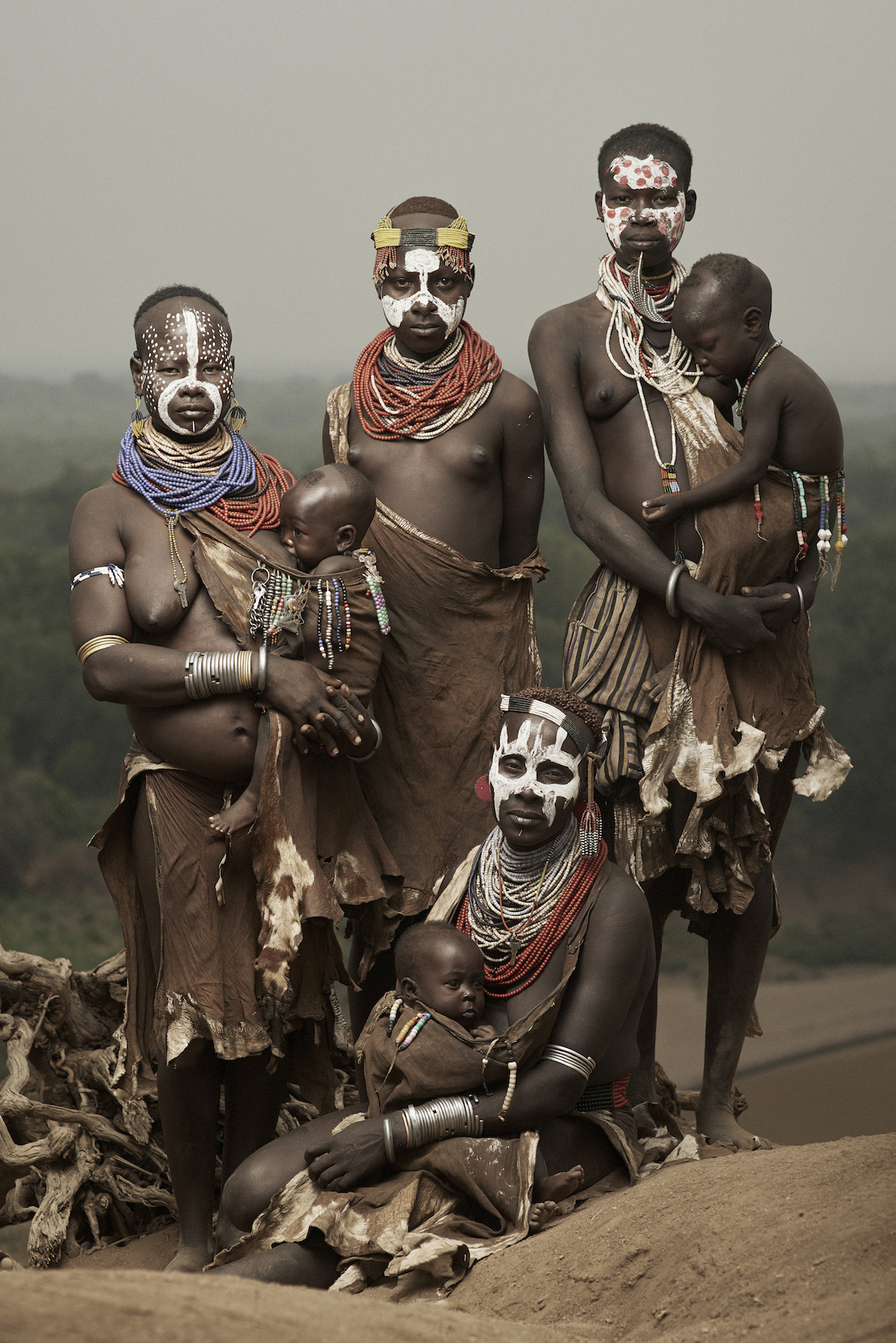
Karo from Ethiopia
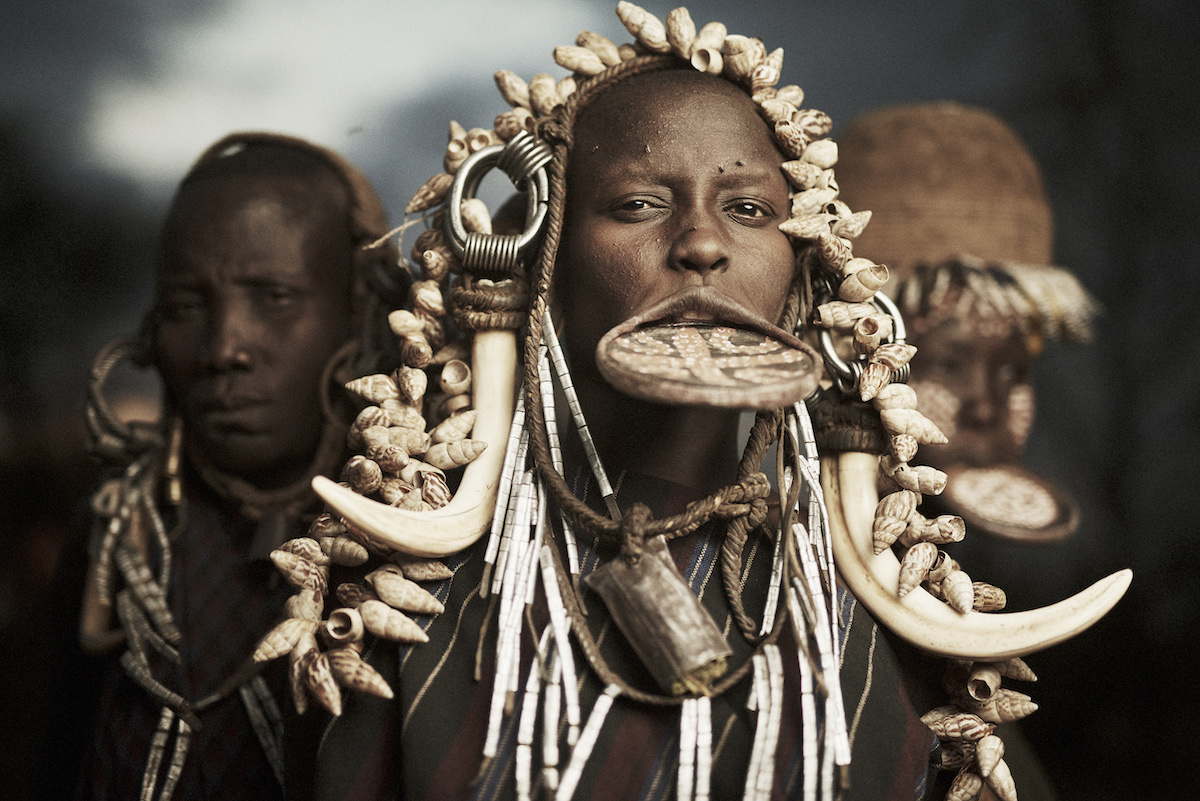
Mursi from Ethiopia
What do you love about this type of photography?
Working with people, knowing their life stories, in the context of culture. The adventure of reaching the tribe and being there. Equally fascinating is planning photo shoots. While in Poland, I try to learn about the culture. I plan how to present it and I am sketching the shots. I mostly manage to do more than planned, but I probably end every trip not completely satisfied. There is always something I did not do, which I might have done, or I have a certain idea and regret I did not do it with another culture. I record all of my thoughts in a simple application and I recall them during the next trips. Each trip is a learning experience and perhaps this is why it is so fascinating for me.
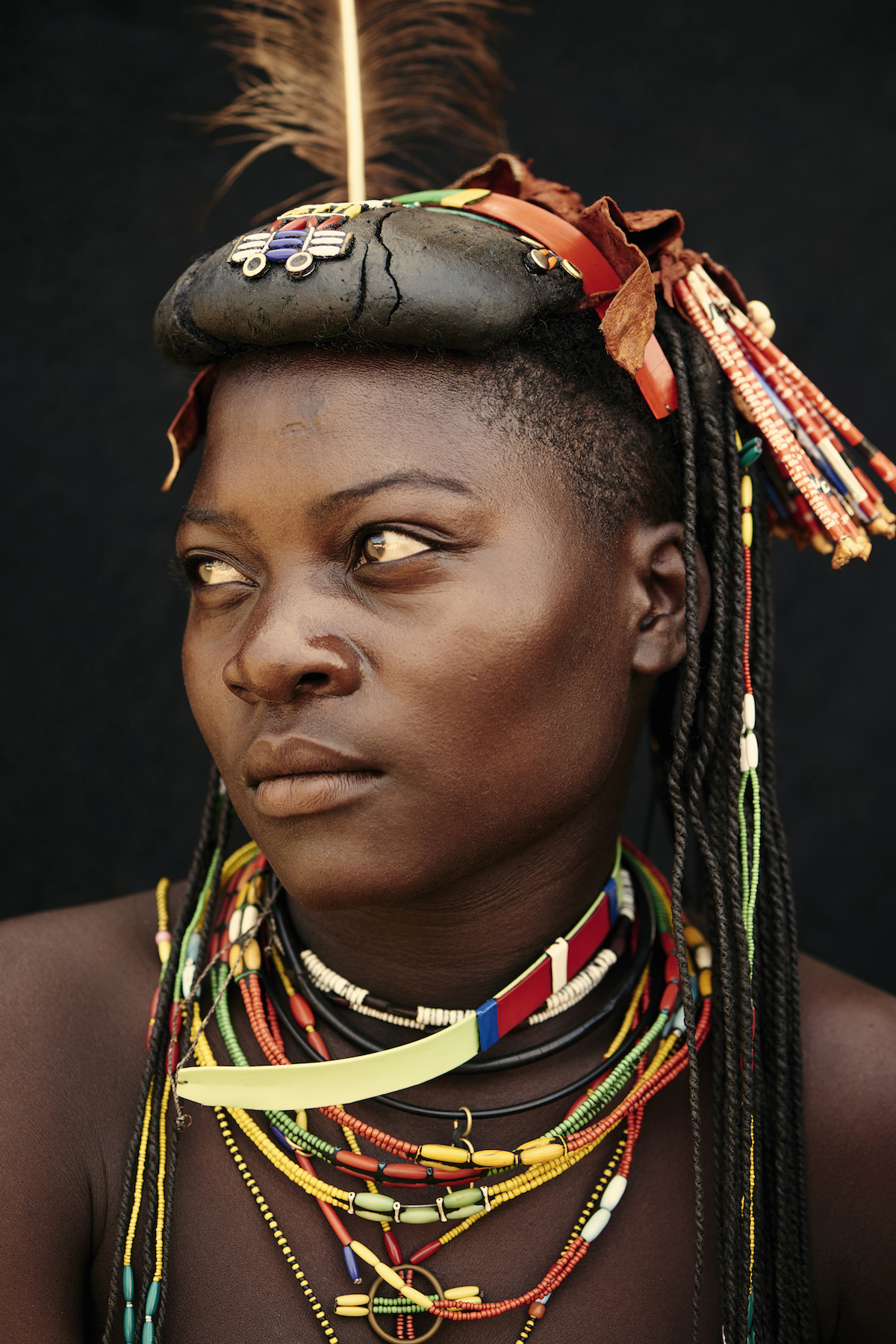
Mucawana from Angola
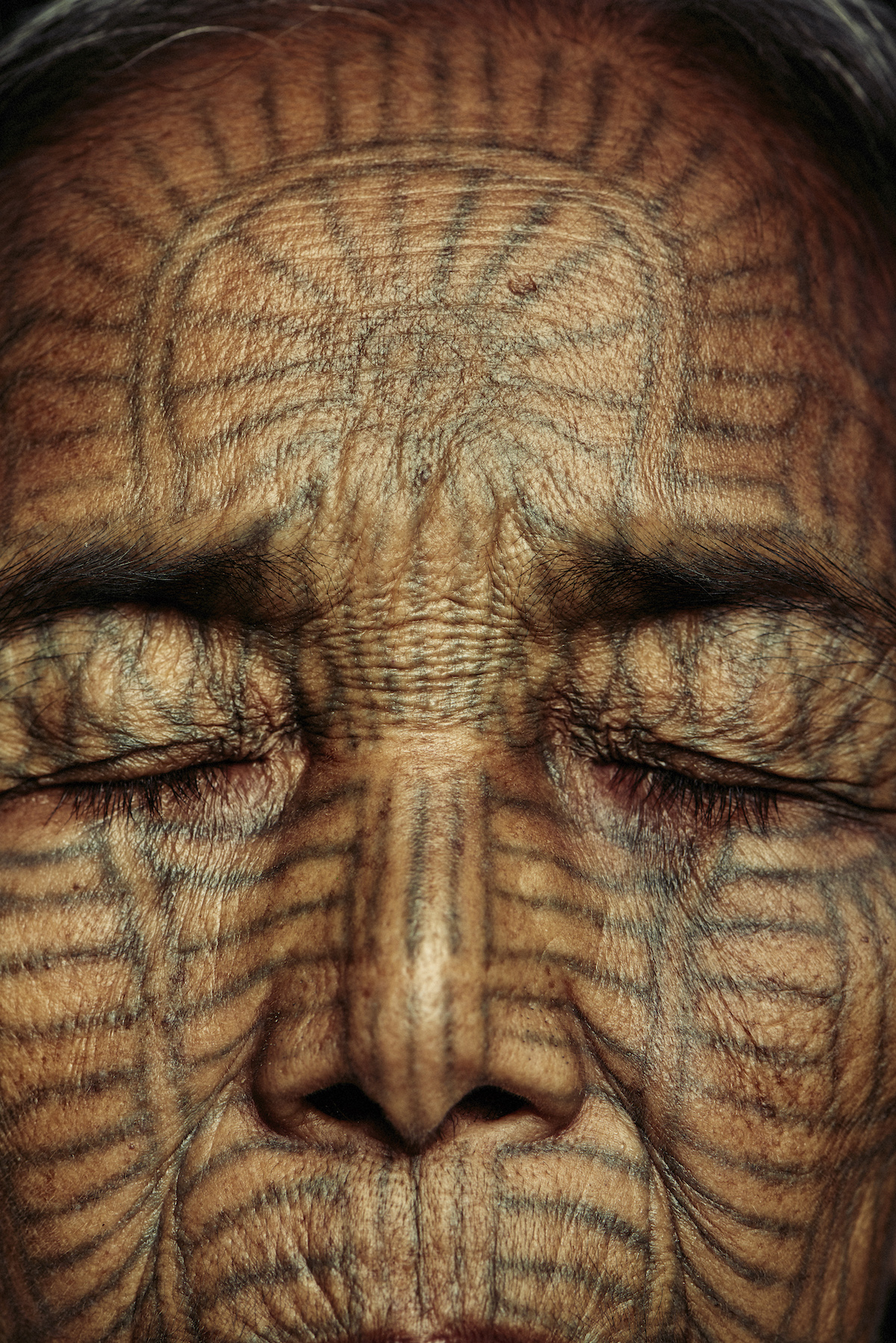
Chin from Burma
What do you hope to capture with your images?
I would like to show the beauty of the cultures, the variety of origins of the people all over the world. I am fascinated in particular by tattoos, scarifications, and other individual features identifying a given tribe. I am also interested in characteristic phenotypes of all societies and external attributes such as clothing, jewelry, and weapons. I try to develop relationships with people before taking any photos and I spend as much time as possible in peaceful talks. Time and getting used to one another results in me knowing what to do and, more importantly, in those people feeling comfortable.
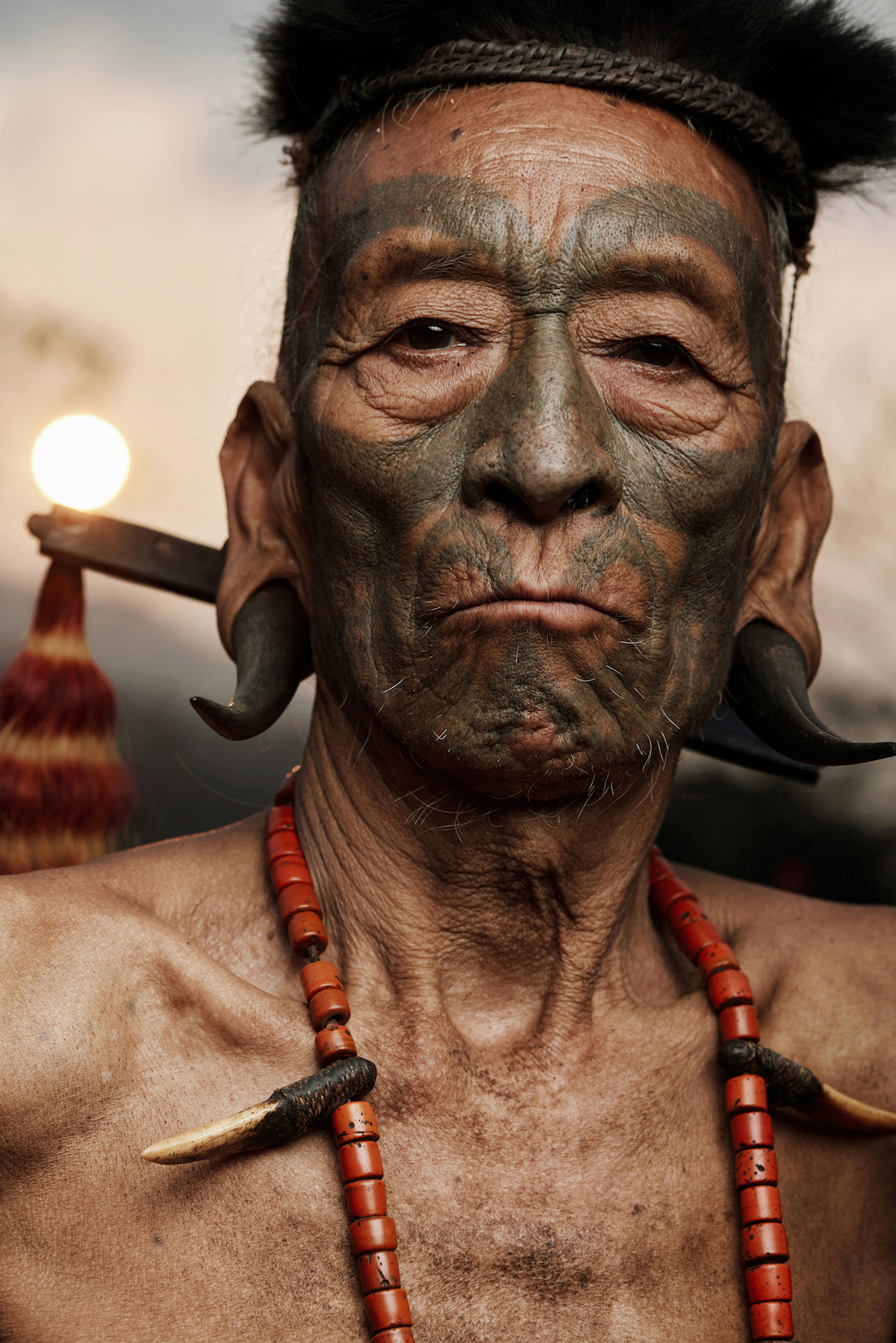
Konyak from India
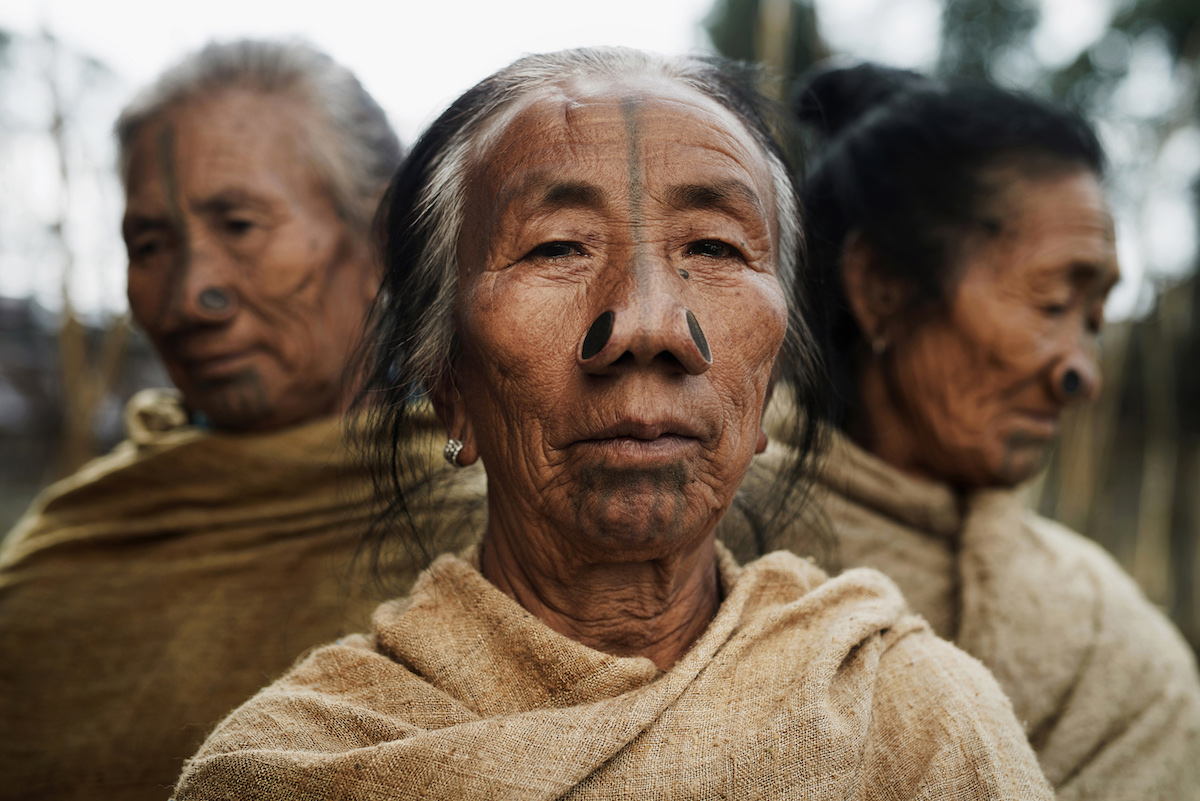
Apatani from India
Is there a particular message you want to convey?
I am presenting an authentic story of people and leave it for individual consideration. I do not have any message to convey with the project. Every person has a different story and for me, this is the most important thing in the project. I also focus on aesthetics. I choose the tribes that fascinate me with their cultural beauty and I would like to present them. I would like to create photos that are not to be viewed in two seconds and forwarded further. I would like to create images that are analyzed by people for some time.
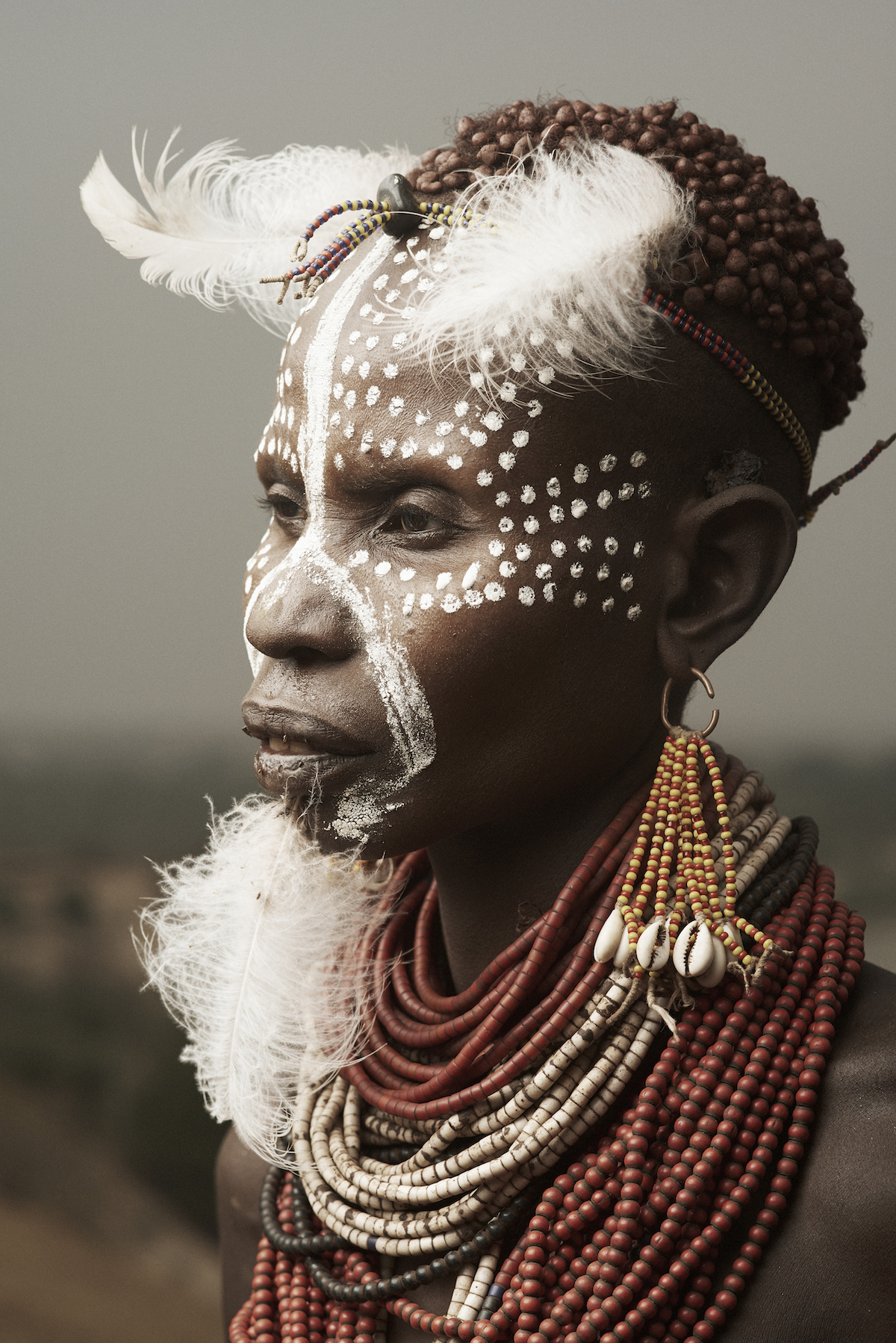
Karo from Ethiopia
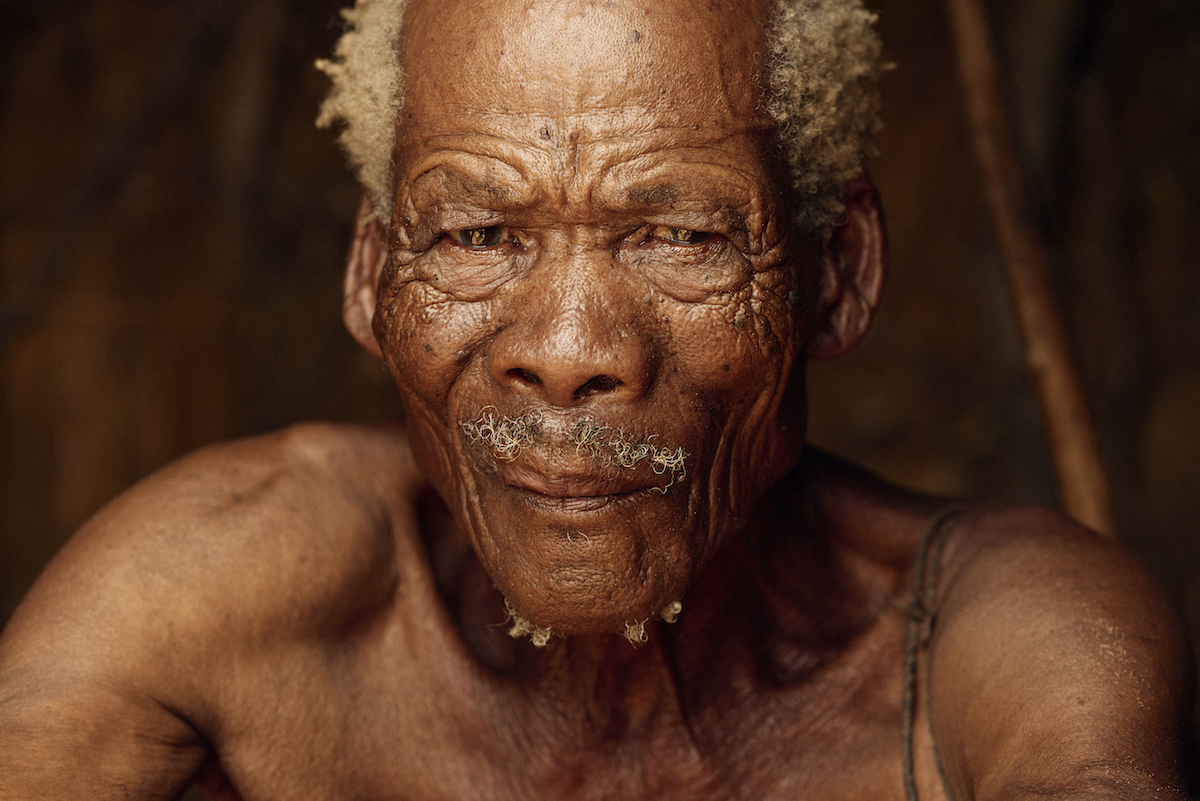
San from Namibia
What's your creative process for these shoots?
I love portraiture and I am trying to master the light. What helps me is the studio lighting I take on every trip. It is really a big logistic undertaking since usually, the luggage is up to 65 kg [143 lbs], but then I can control the light. I used to travel alone, since I felt that I was making more meaningful relationships with local people, but for some time, I have been traveling with my wife who helps me in many aspects and I am able to do much more.
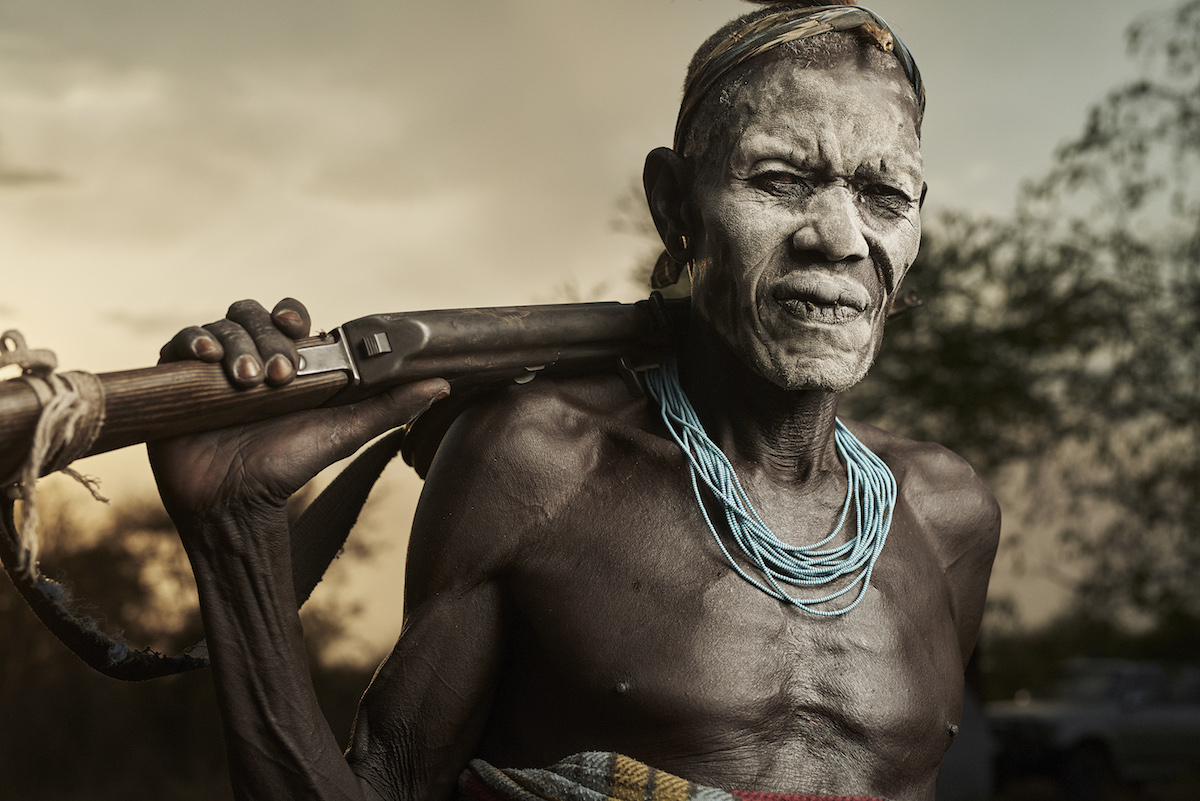
Mursi from Ethiopia
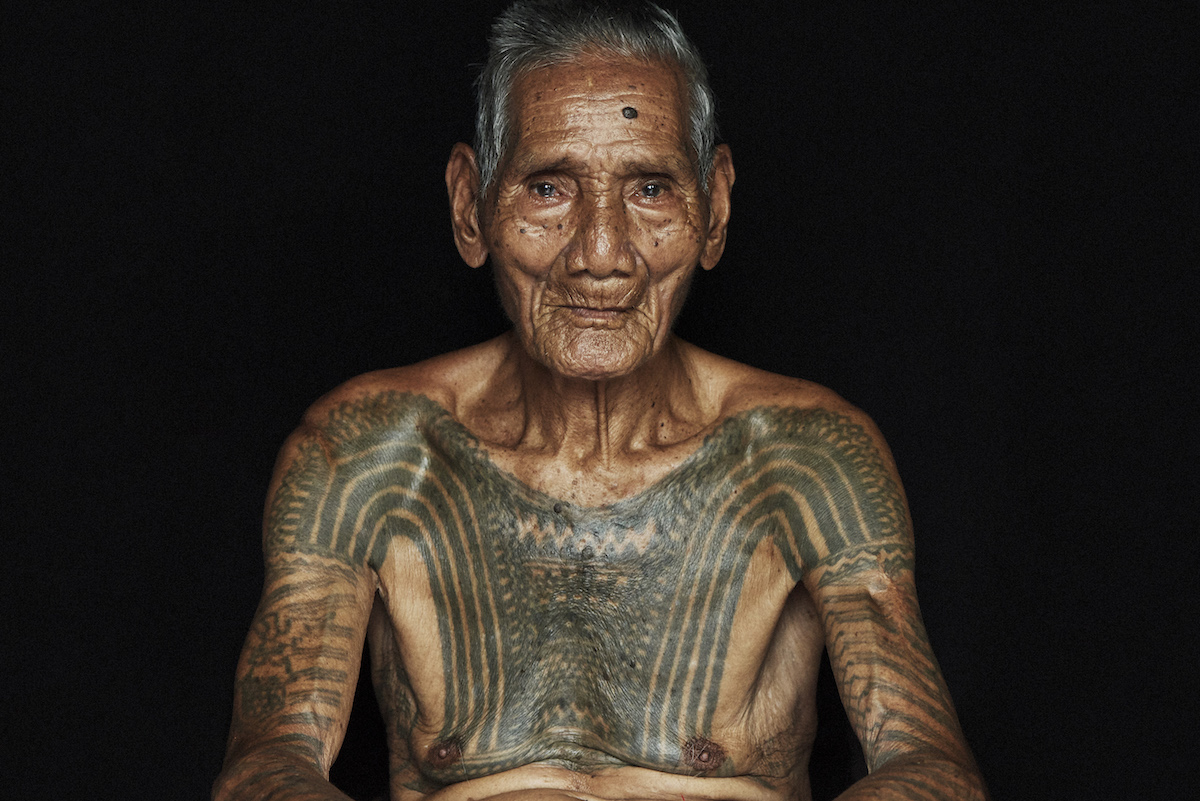
Kalinga from the Philippines
What challenges have you faced in your work?
Logistics, logistics, logistics… Reaching the destination takes the most time and finances. On-site, apart from several exceptions, I am met with hospitality. Once, I had to leave the guide and the carriers in Papua as I was cheated, another time I had to pack at night and leave a certain village in Ethiopia, as there was a serious alcohol-induced fight between the villagers, ending in gunshots. I had three serious cases of food poisoning. After one of them I was so sick that I was not able to contact anyone. Apart from that, I hope that I would not experience any more serious trouble. In most cases, it is very safe.

Himba from Namibia
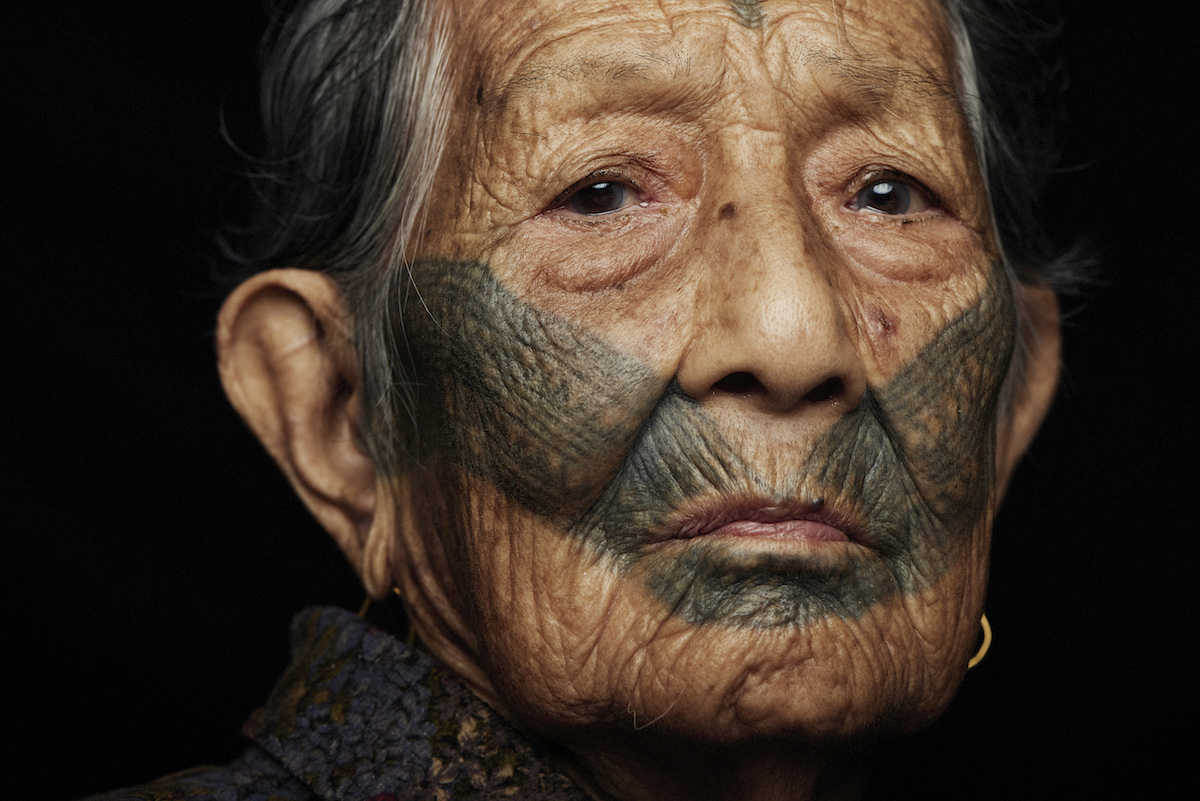
Atayal from Taiwan
How do you feel knowing you may be photographing tribes that could soon be extinct?
This is my strongest motivation. I know I will not be able to do certain things in 5 or 10 years. For example, during my last visit to Taiwan, I managed to meet the two last Atayal women who have face tattoos. One of them was 103 years old and the other one 108. The younger woman has died this year.
It was a big experience for me when the family asked me to send them her photo so that they have Iwanu's picture at the funeral. I felt that the huge centuries-old Atayal tradition, one of the biggest indigenous tribes in Taiwan, was dying during a small funeral ceremony being forgotten in today's civilization. In November she was still a cheerful woman with a sharp mind. She was talking about the story of her life and culture. If I visited Taiwan next year, it would be too late.
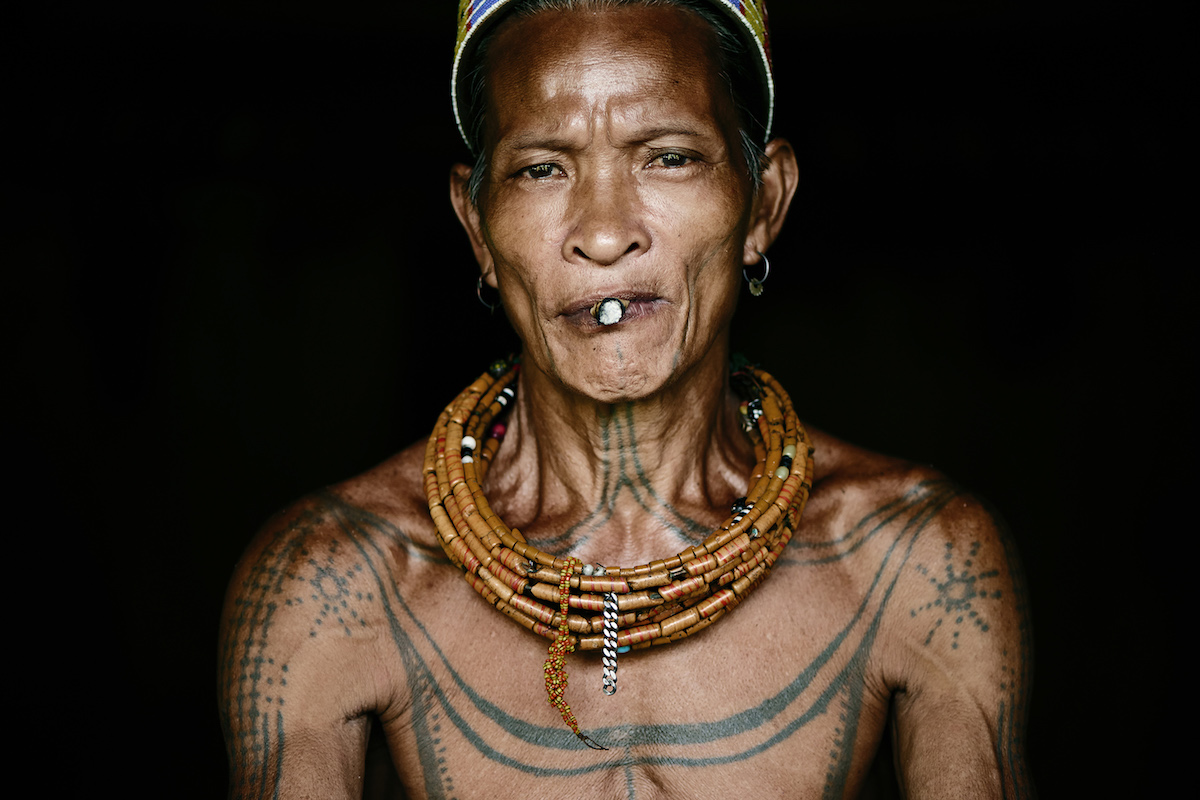
Mentawai from Indonesia
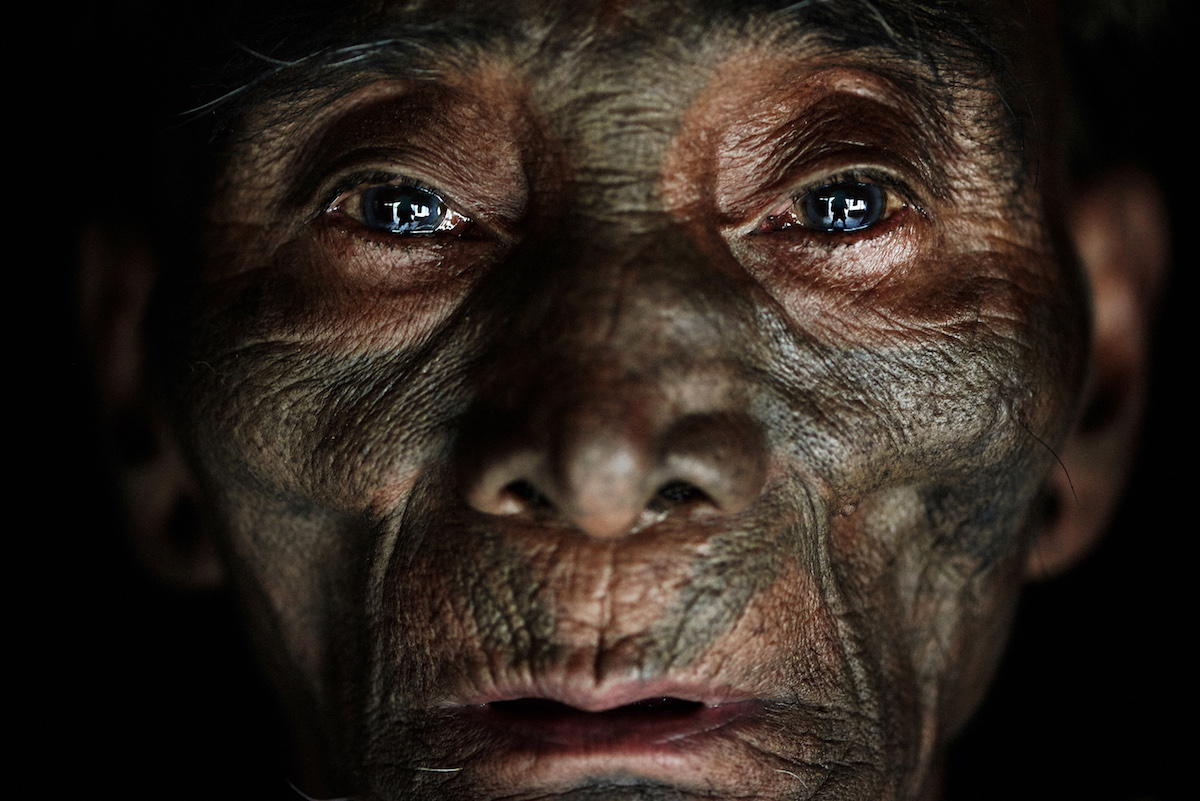
Konyak from India
Which tribes have left the biggest impression on you?
I think it was the first tribe I managed to take some pictures of—the Iban tribe—left the biggest impression on me. It was a flashpoint. Apart from all this, it was a great adventure for me to be around the Mentawai people in Siberut Island next to Sumatra. It is a unique shamanic culture shrouded in mystery.
I felt amazingly good in the Konyak tribe in India, a culture of former headhunters who converted to Christianity and chose love. Their incredible faith, authenticity, and openness towards people left a big impression on me, which in turn, gave a lot of food for thought when I came back home. The Mursi and Himba tribes were the aesthetic individuals for me; however, it was difficult for me to make closer contact with them and have a peaceful conversation with these people.
In Indonesia and Papua, the biggest adventure for me was to reach the most remote villages and look for people wearing traditional Koteka. The most valuable thing for me is the fact that each tribe brings to mind different emotions and different stories. Each place taught me a lot of new things.
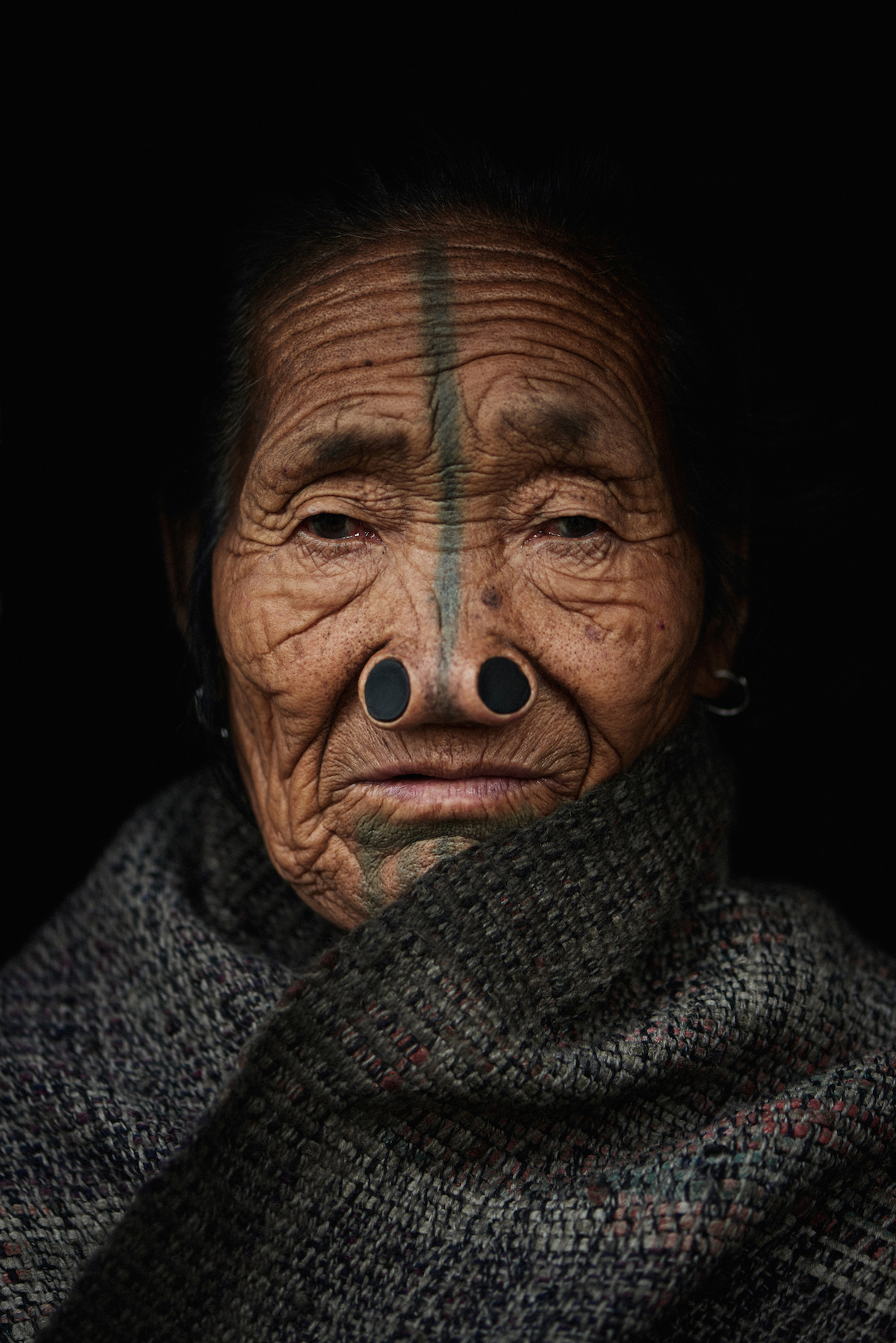
Apatani from India
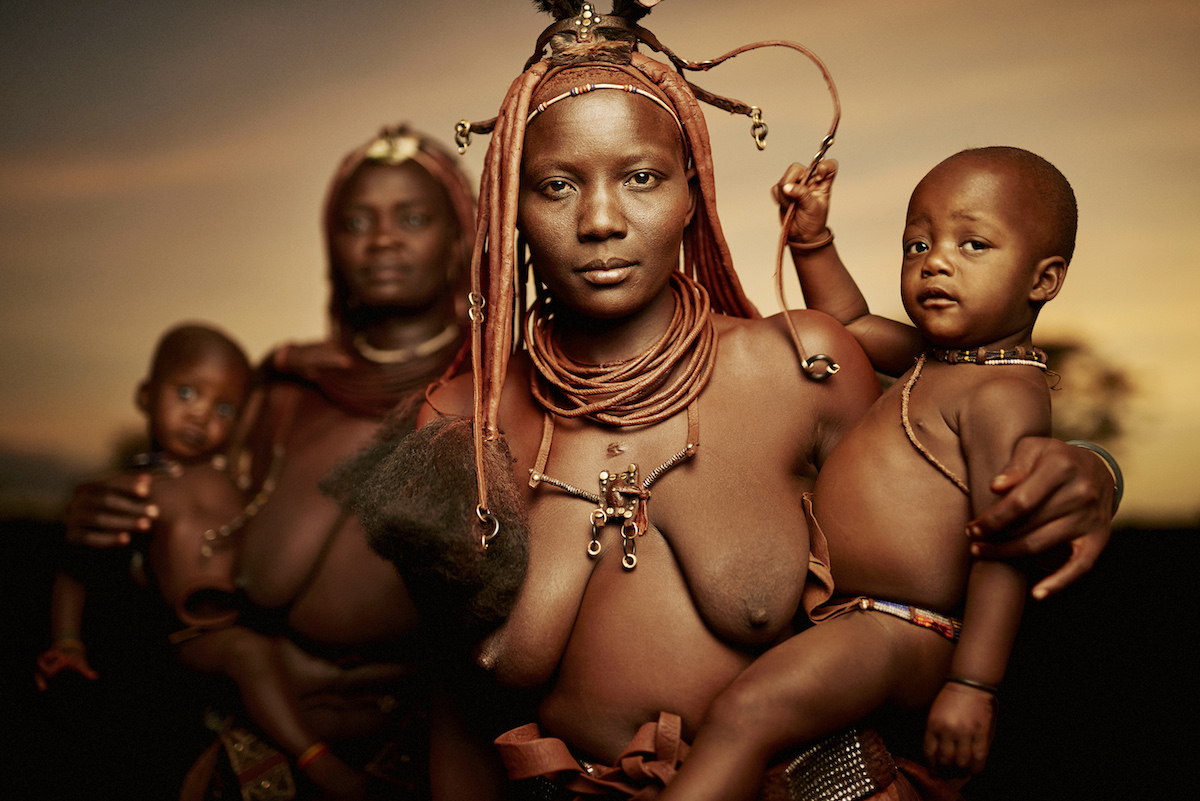
Himba from Namibia
Where are you going next?
I am trying to get an entry permit to the territory of the Zo'é tribe in Brazil. It requires a lot of permits that my friend from Rio de Janeiro is helping me to get. He became fascinated with the project and is willing to participate in it. I hope we can make it. What's more, I am planning to visit Dulong women in China and above all, to open a chapter of Papua New Guinea where there are over 100 tribes living and cultivating their traditions.

Chin from Burma
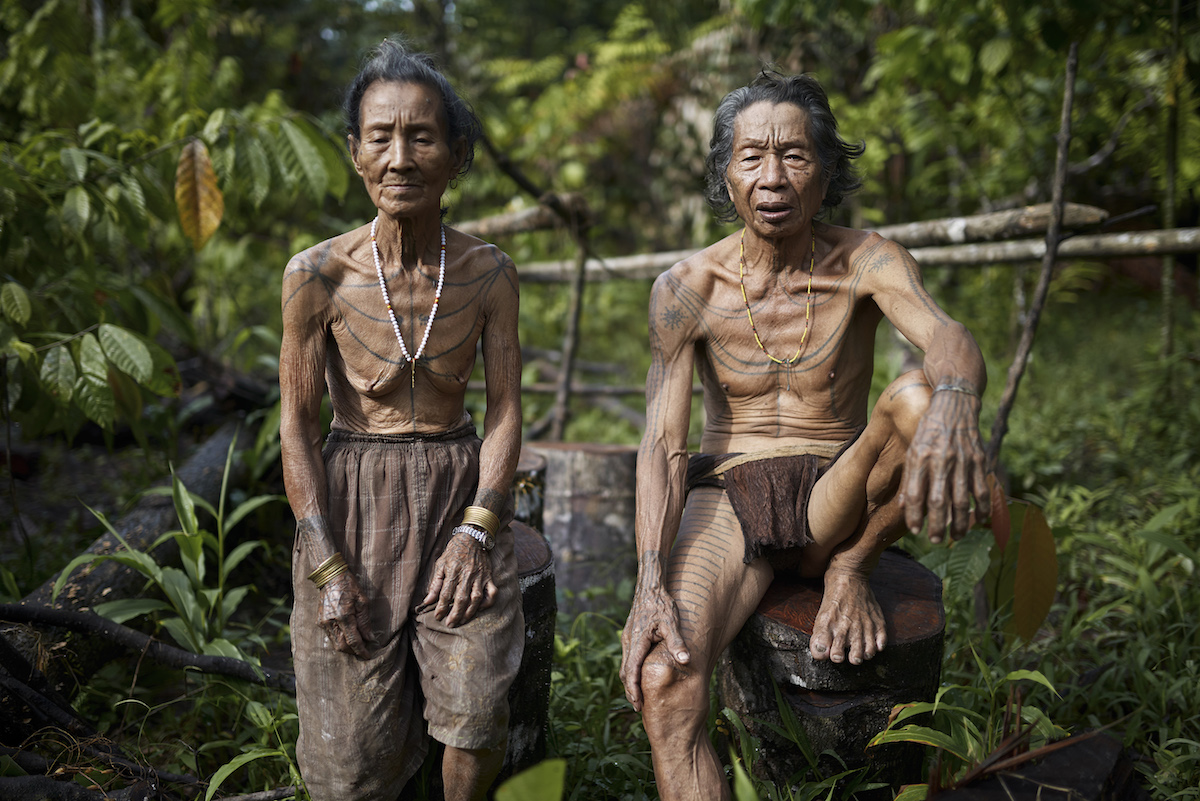
Mentawai from Indonesia












































































